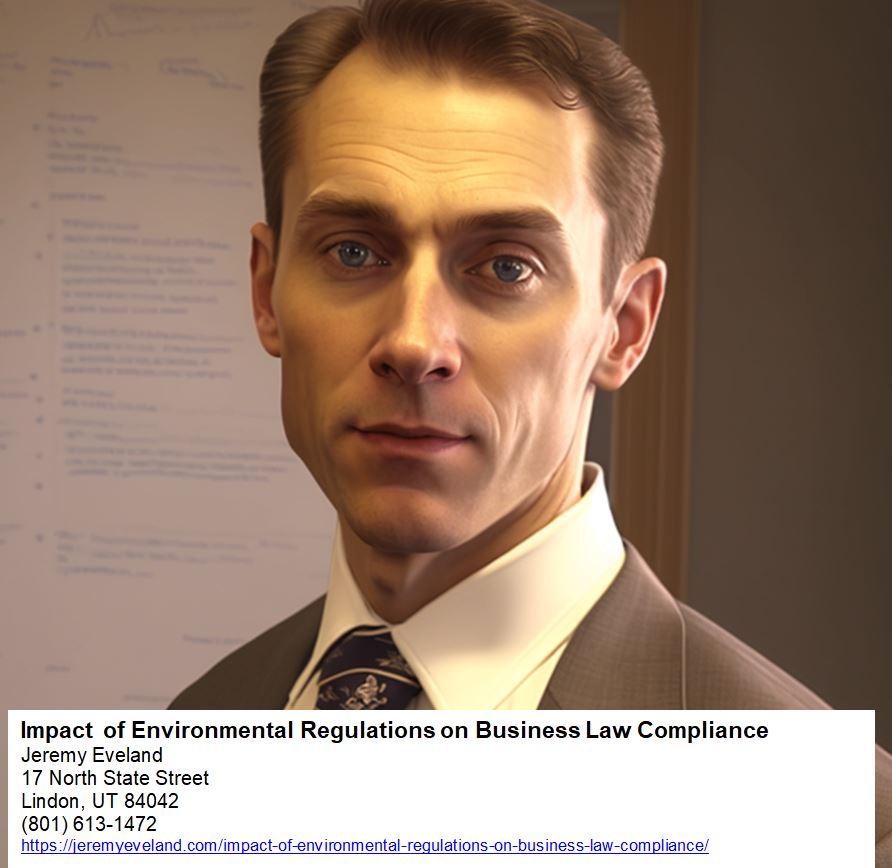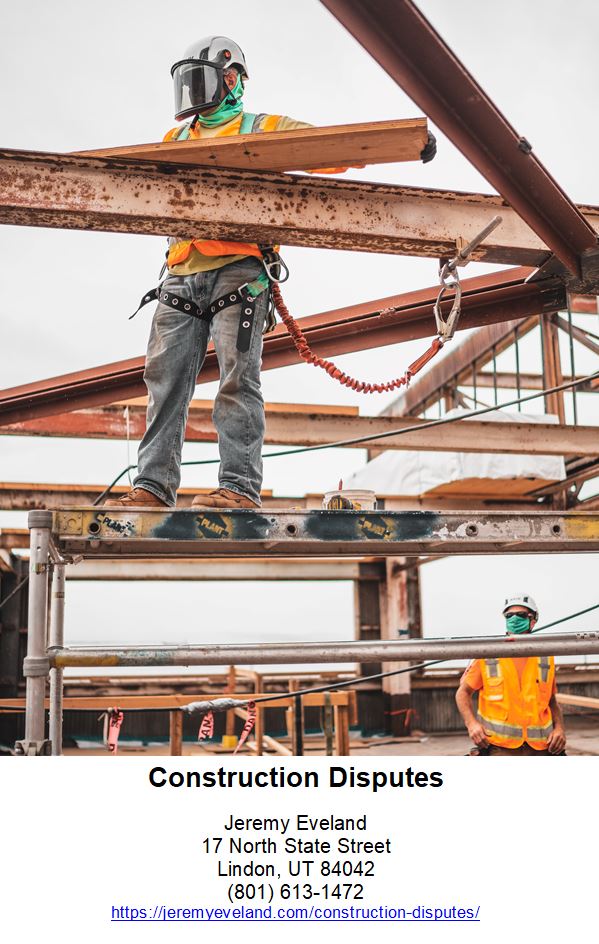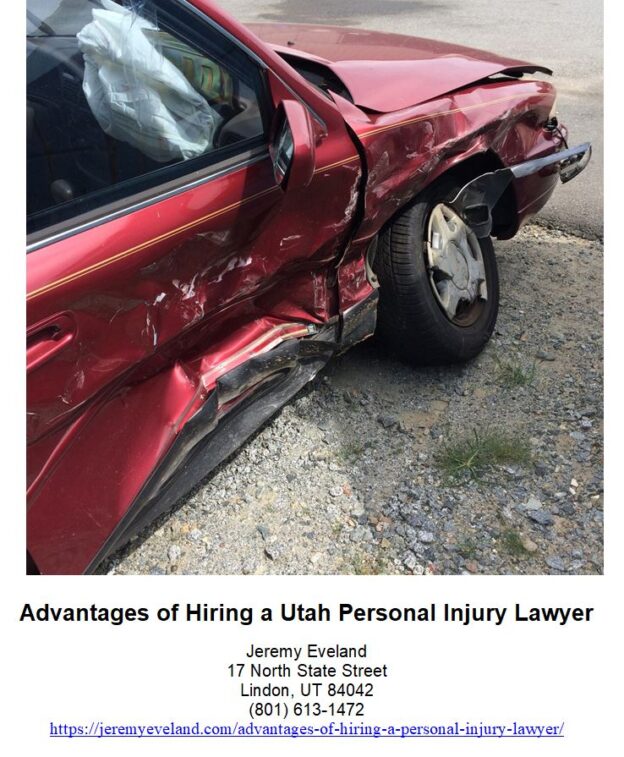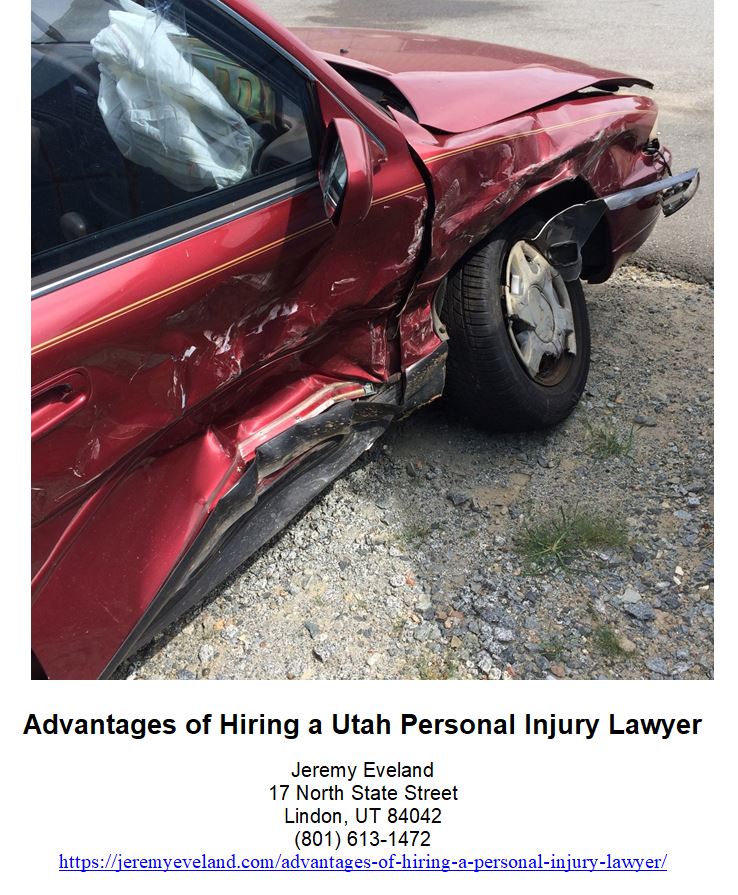Are you dealing with the aftermath of a construction project gone wrong? Have you experienced property damage or financial loss due to the negligence of a contractor? If so, you’re not alone. In this article, we will address the common legal concerns surrounding contractor negligence claims and provide you with reassurance and guidance on how to seek appropriate assistance. Whether it’s a defective structure, faulty workmanship, or breach of contract, we understand the frustration and emotional toll it can take. But take heart, we are here to help you navigate through the complexities of these claims and ensure that your rights are protected. Contact the attorney listed on our website to learn more about how we can assist you in pursuing your contractor negligence claim.
Understanding Contractor Negligence Claims
Contractor negligence is a type of legal claim that arises when a contractor fails to perform their duties with the level of care and skill expected in their industry. This negligence can result in property damage, personal injury, or financial loss for the client or third parties involved. Understanding contractor negligence claims is crucial for anyone who has suffered harm due to the actions or inactions of a contractor.
Definition of Contractor Negligence
Contractor negligence occurs when a contractor breaches their duty of care towards their clients or other parties involved in a project. This breach of duty can take various forms, such as failing to follow building codes and regulations, using substandard materials, or not adhering to industry standards. Ultimately, contractor negligence refers to actions or omissions that fall below the accepted standard of care, leading to harm or damages.

Important Considerations for Contractor Negligence Claims
When pursuing a contractor negligence claim, there are several important considerations to keep in mind. First and foremost, it is crucial to establish that the contractor owed a duty of care to the client or affected parties. This duty of care is typically implied in contracts and exists when a reasonable person would expect the contractor to act with competence and diligence.
Furthermore, it is essential to demonstrate that the contractor breached this duty of care by failing to meet the required standard. This requires gathering evidence to show that the contractor’s actions or inactions were below what would be reasonably expected.
Finally, it is vital to establish a causal link between the contractor’s negligence and the damages or harm suffered. This means showing that the contractor’s breach of duty directly led to the losses or injuries experienced by the client or affected parties.
Types of Contractor Negligence
Contractor negligence can take various forms, depending on the specific circumstances of the case. Some common types of contractor negligence include:
-
Construction Defects: This occurs when a contractor fails to build or renovate a structure according to the agreed-upon plans and specifications, resulting in faulty construction, leaks, or structural problems.
-
Failure to Warn: Contractors have a duty to inform clients and other parties of potential hazards associated with their work. Failure to provide adequate warning about these risks may result in liability if someone is injured as a result.
-
Negligent Hiring: Contractors have a responsibility to hire qualified and competent subcontractors and workers. If a contractor fails to exercise reasonable care in selecting reliable personnel, they may be held responsible for any harm caused by their employees’ incompetence or negligence.
-
Breach of Warranty: Contractors often provide warranties or guarantees for their work. If they fail to meet these promises, such as providing repairs or replacements within the agreed-upon timeframe, they may be liable for any resulting damages.

Proving Contractor Negligence
To successfully prove a contractor negligence claim, certain elements must be established. These elements vary by jurisdiction, but generally include the following:
Elements of a Negligence Claim
-
Duty of Care: The plaintiff must demonstrate that the contractor owed them a duty of care. This duty arises from the contractual relationship between the parties or is implied based on industry standards.
-
Breach of Duty: The plaintiff must show that the contractor breached their duty of care by failing to meet the required standard. This can be established through evidence of noncompliance with industry regulations, the use of substandard materials, or other negligent actions.
-
Causation: The plaintiff must establish a causal link between the contractor’s breach of duty and the damages or harm suffered. This requires demonstrating that the contractor’s actions or inactions directly caused the losses experienced.
-
Damages: Finally, the plaintiff must prove that they suffered actual damages as a result of the contractor’s negligence. This can include property damage, personal injury, or financial losses.
Gathering Evidence to Support Negligence Claims
To support a negligence claim, it is essential to gather relevant evidence that can demonstrate the contractor’s breach of duty. This may include:
-
Contracts and agreements: These documents can establish the terms of the relationship between the client and the contractor, including the expected standard of care.
-
Photographs and videos: Visual evidence of the contractor’s work, such as shoddy construction or improper installations, can be powerful in proving negligence.
-
Expert reports: In complex cases, it may be necessary to obtain expert opinions from engineers, architects, or other professionals to assess the contractor’s actions and establish their deviation from the standard of care.
-
Witness statements: Testimony from individuals who witnessed the contractor’s negligent actions or observed the resulting damage can support the claim.
Expert Witnesses in Contractor Negligence Cases
In contractor negligence cases, expert witnesses can play a crucial role in establishing the contractor’s breach of duty. These professionals possess specialized knowledge and experience in the construction industry, allowing them to provide valuable insights and opinions on the contractor’s actions or failures.
Expert witnesses can evaluate construction plans, assess the quality of workmanship, and provide expert opinions on whether the contractor’s actions fell below the acceptable standard. Their testimony can strengthen the plaintiff’s claim and help establish liability.
Common Legal Concerns in Contractor Negligence Claims
When pursuing a contractor negligence claim, several legal concerns may arise. It is important to address these concerns and provide reassurance and guidance to those seeking justice.
Statute of Limitations for Filing Contractor Negligence Claims
One common concern is the statute of limitations, which is the legal time limit within which a claim must be filed. Statutes of limitations vary by jurisdiction and may differ depending on the type of claim and the damages sought.
It is crucial to be aware of these time limits, as failure to file a claim within the prescribed period may result in the permanent loss of the right to pursue compensation. Seeking legal advice promptly and understanding the applicable statute of limitations can help protect your rights.
Comparative Negligence in Contractor Liability
Another concern relates to comparative negligence, which refers to situations where multiple parties share some degree of fault or negligence. In contractor negligence cases, the plaintiff’s own actions or omissions may be considered when determining liability and the amount of damages awarded.
In jurisdictions that follow comparative negligence principles, the plaintiff’s compensation may be reduced proportionately to their level of fault. Understanding how comparative negligence applies to your case and presenting evidence to minimize your own liability is essential for maximizing your potential compensation.
Contractor Insurance Coverage
Contractors often carry insurance to protect against liability for negligence claims. This insurance coverage can provide financial protection for both the contractor and the injured parties. Understanding the contractor’s insurance coverage and working with your attorney to navigate the claims process is crucial for ensuring fair compensation.
Steps to Take in a Contractor Negligence Claim
If you’ve experienced harm or damages due to contractor negligence, there are several important steps you should take to protect your rights and strengthen your potential claim.
Documenting the Incident or Damage
To support your claim, it is crucial to document the incident or damage thoroughly. Take photographs or videos of the negligent work, unsafe conditions, or resulting harm. Collect any relevant documents, such as contracts, invoices, or warranties. Maintain a detailed record of any communications with the contractor or other parties involved.
Notifying the Contractor and Relevant Parties
Once you have gathered evidence and assessed the extent of the damages, it is important to notify the contractor and any other relevant parties, such as subcontractors or project managers. Provide them with a written notice detailing your grievances and the losses or injuries suffered. This notice serves as an official record of your claim and may be useful if legal proceedings become necessary.
Consulting with an Attorney for Legal Advice
Seeking legal advice from an experienced attorney specializing in contractor negligence claims is crucial. They can evaluate the merits of your case, guide you through the legal process, and advocate for your rights. An attorney can also help negotiate with the contractor or their insurance company, potentially leading to a fair settlement without the need for litigation.
Compensation in Contractor Negligence Claims
If you have been a victim of contractor negligence, you may be entitled to various types of damages to compensate for your losses and injuries.
Types of Damages Available in Contractor Negligence Cases
The specific types of damages available in contractor negligence cases vary by jurisdiction, but commonly include:
-
Compensatory Damages: These damages aim to compensate the injured party for their actual losses. They can cover medical expenses, property repairs, lost wages, and pain and suffering.
-
Economic Damages: Economic damages compensate for financial losses directly resulting from the contractor’s negligence. This can include the costs of hiring another contractor to fix the faulty work or any additional expenses incurred due to the negligence.
-
Non-Economic Damages: Non-economic damages are designed to compensate for the intangible harms suffered, such as pain, emotional distress, or loss of enjoyment of life.
Calculating Damages in Contractor Negligence Claims
Calculating the damages in a contractor negligence claim can be complex. It often involves considering both economic and non-economic losses and estimating the future impact of the negligence.
To ensure you receive fair compensation, consult with an attorney who can help evaluate your damages accurately. They will consider various factors, such as your medical expenses, property damage, lost income, and the long-term effects of the negligence on your life.
Punitive Damages in Contractor Negligence Cases
In some cases, punitive damages may be awarded in addition to compensatory damages. Punitive damages are meant to punish the wrongdoer and deter others from engaging in similar behavior. They are typically reserved for situations where the contractor’s negligence was particularly egregious or intentional.

Alternatives to Litigation in Contractor Negligence Claims
While litigation is an option for resolving contractor negligence claims, it is not the only path to seeking justice. There are several alternative methods of dispute resolution that may be worth considering.
Mediation or Negotiation
Mediation or negotiation involves engaging a neutral third party who facilitates discussions between the parties involved to find a mutually agreeable resolution. This process is less adversarial than litigation and allows for more control over the outcome.
Many contractor negligence cases are successfully resolved through mediation or negotiation, as they promote open communication, settlement of disputes, and potential preservation of professional relationships.
Arbitration
Arbitration is another alternative to litigation that involves the parties presenting their case to an arbitrator or a panel of arbitrators. The arbitrator(s) review the evidence and make a binding decision. This process can be less formal and time-consuming than litigation, providing a quicker resolution to the dispute.
Before pursuing arbitration, it is essential to understand the potential drawbacks, such as limited appeal options and the potential for high costs.
Settlement Agreements
Settlement agreements are voluntary agreements reached between the parties involved in a contractor negligence claim. These agreements often involve a compromise where the injured party accepts a specified amount of money or other concessions from the contractor in exchange for dropping the claim.
Settlement agreements can be a favorable option for resolving contractor negligence claims when both parties are willing to negotiate and reach a mutually satisfactory resolution.
Finding the Right Attorney for Your Contractor Negligence Claim
Choosing the right attorney to handle your contractor negligence claim is a critical decision. Here are some qualities to look for in an attorney to ensure you receive effective legal representation:
Qualities to Look for in a Contractor Negligence Attorney
-
Experience: Look for an attorney with extensive experience in handling contractor negligence claims. They should have a solid understanding of construction law, building codes, and industry standards.
-
Expertise: Consider working with an attorney who specializes in personal injury law or construction litigation. Their specialized knowledge can greatly benefit your case.
-
Track Record: Assess the attorney’s track record of success in handling contractor negligence claims. Look for positive outcomes and favorable settlements or verdicts.
Researching and Interviewing Potential Attorneys
Take the time to conduct thorough research on potential attorneys specializing in contractor negligence claims. Read reviews, check their website for testimonials, and look for any disciplinary actions or complaints against them.
Once you have narrowed down your options, schedule consultations with the attorneys you are considering. Use this opportunity to outline the details of your case and assess their knowledge, communication skills, and overall compatibility.
Arranging a Consultation with an Attorney
Consultations with attorneys are typically the first step in understanding your legal options and evaluating the viability of your contractor negligence claim. During the consultation, provide a detailed account of your situation and any evidence you have gathered.
The attorney should be able to assess the strength of your claim, explain the legal process, and outline the potential outcomes. Ask about their fees, the estimated timeline for your case, and the likelihood of reaching a settlement without going to court.
Steps to Take After a Contractor Negligence Claim
After initiating a contractor negligence claim, it is important to remain proactive and take certain steps to protect your rights and interests.
Maintaining Documentation and Records
Continue to document any relevant information, including correspondence, receipts, and records of ongoing damages or injuries. Maintain a detailed log of any additional expenses incurred as a result of the negligence, such as temporary accommodations or medical treatments.
Following Up on Legal Proceedings
Stay in regular contact with your attorney to stay informed about the progress of your case. Respond promptly to any requests for information or documents and attend any scheduled meetings or court appearances.
Seeking Assistance and Support
Dealing with the aftermath of contractor negligence can be emotionally and financially challenging. It is important to seek assistance and support during this time. Lean on friends, family, or support groups for emotional support, and consider seeking professional help if needed.
Conclusion
Understanding the complexities and considerations of contractor negligence claims is essential for anyone who has suffered harm or damages due to a contractor’s negligence. By familiarizing yourself with the elements of a negligence claim, gathering supporting evidence, and seeking legal advice, you can effectively pursue compensation for your losses.
Remember to take proactive steps, such as documenting damages, notifying relevant parties, and seeking the right attorney to handle your case. By doing so, you can maximize your chances of a successful resolution and obtain the justice you deserve.



















